Radiator Drain Cock Replacement Replacement Procedure
Removal Procedure
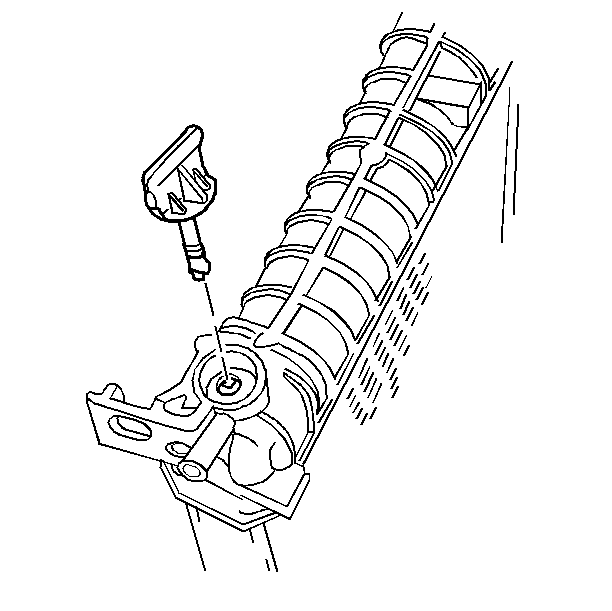
- Remove the radiator drain cock.
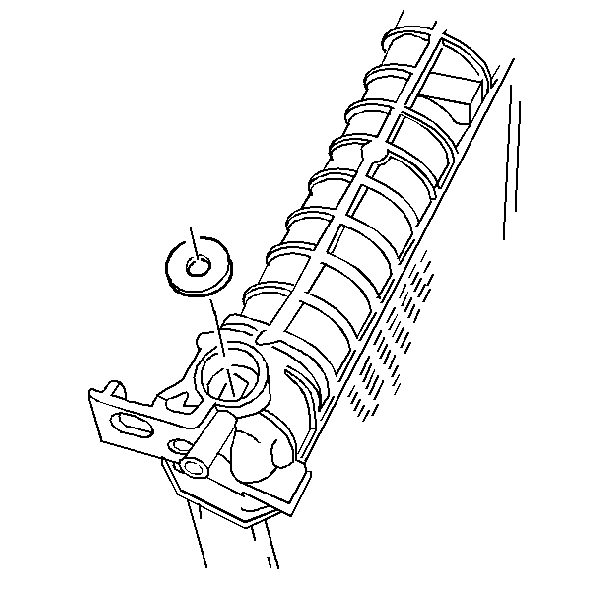
- Remove the seal.
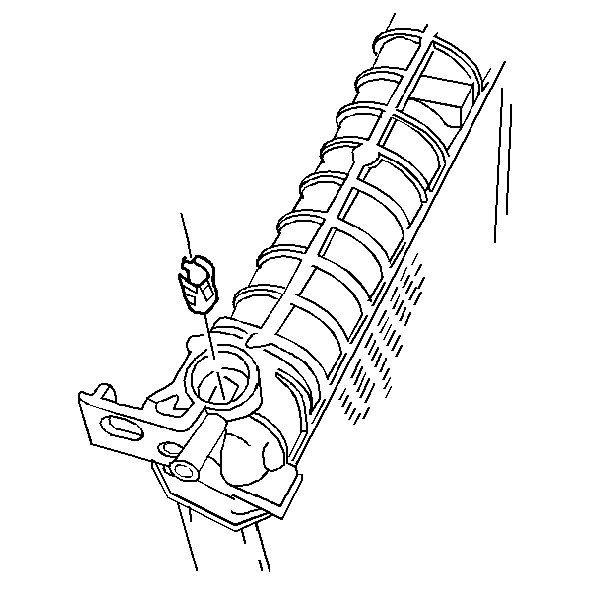
- Remove the drain cock body.
Installation Procedure

- Install the drain cock body.

- Install the seal.

- Install the drain cock.
Radiator Drain Cock Replacement Draining and Filling Procedure
Draining Procedure
Caution: Do not remove the radiator cap while the cooling system is hot. Serious
personal injury may result. Only remove the radiator cap from a cool engine.
Engine Coolant Recycling
The use of a waterless coolant recycling system on the vehicle eliminates
the need for evacuation. This method removes the used coolant and replaces
it with approved new or with recycled coolant. When this equipment is not
available use the following procedure.
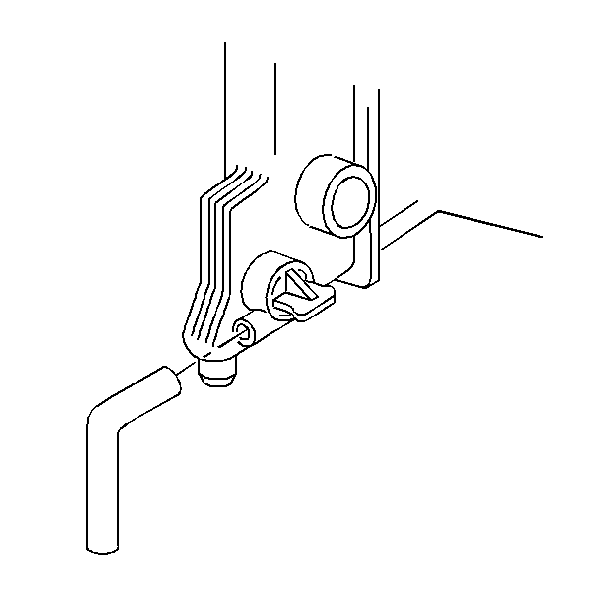
- Make sure the system has cooled, then remove the radiator filler cap.
- Place a drain pan under the radiator drain cock.
- Install a tube on the drain cock.
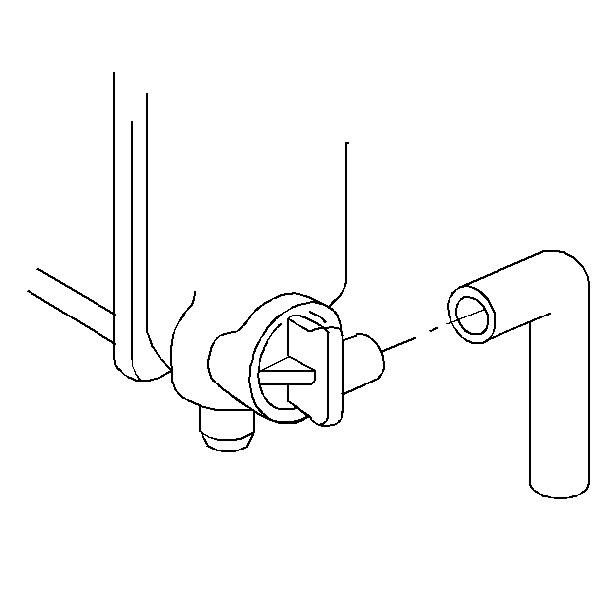
- Place the end of the tube in the drain pan.
- Open the drain cock completely.
- Allow the cooling system to drain until the flow stops. If only
the radiator is drained, up to 40% of the old coolant will remain in the system.
- Place a drain pan under the engine.
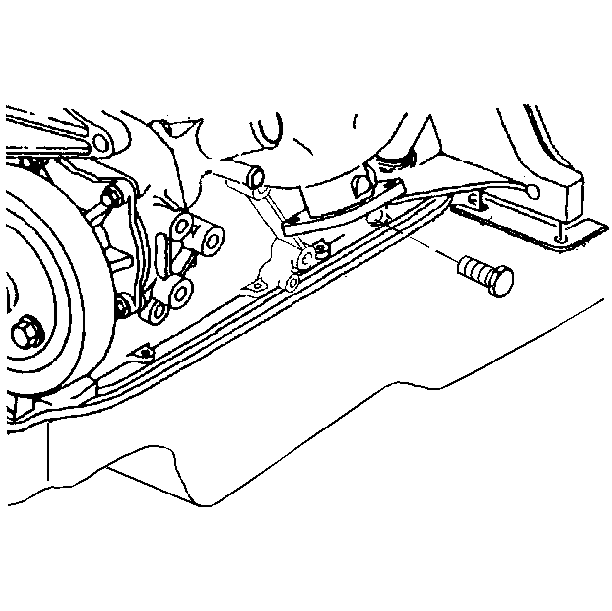
- Remove the drain plug from the side of the engine block, 2.2L shown.
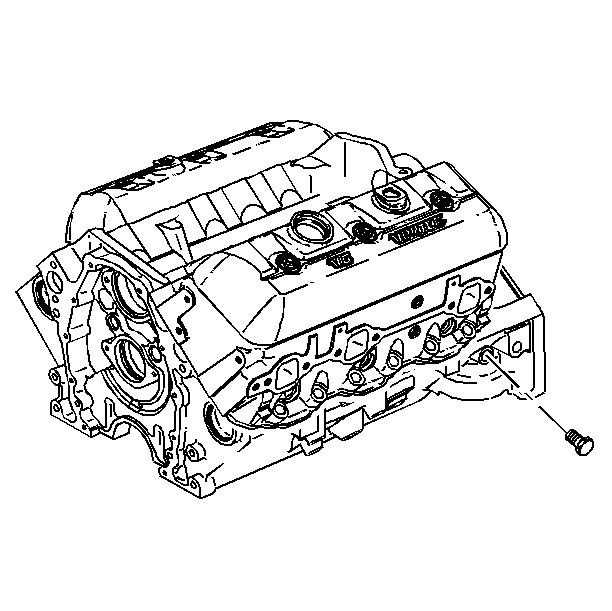
- Remove the drain plugs from each side of the engine block, 4.3L shown.
| • | There may be more drainage from the radiator at this time. |
| • | Allow the engine block to drain until the flow stops. |

- Apply a sealer to the threads and then tighten the engine block drain
plug(s).
Tighten
Tighten the engine block drain plugs to 32 N·m (25 lb ft).
Notice: Use the correct fastener in the correct location. Replacement fasteners
must be the correct part number for that application. Fasteners requiring
replacement or fasteners requiring the use of thread locking compound or sealant
are identified in the service procedure. Do not use paints, lubricants, or
corrosion inhibitors on fasteners or fastener joint surfaces unless specified.
These coatings affect fastener torque and joint clamping force and may damage
the fastener. Use the correct tightening sequence and specifications when
installing fasteners in order to avoid damage to parts and systems.
Important: Dispose of the used engine coolant properly. Store it in a used coolant
Holding Tank awaiting proper disposal or recycling. Never pour used coolant
down the drain. Ethylene glycol antifreeze is a very toxic chemical. Disposal
into the sewer system or into the ground water is both environmentally irresponsible
and illegal.
| • | If the drained coolant is discolored, flush the cooling system.
Refer to
Flushing
. |
| • | If the drained coolant appears normal, continue with the filling
procedure. |
Filling Procedure
Notice: Two sealant pellets must be added to the radiator whenever
the cooling system is drained or refilled with fresh coolant. Failure to use
the correct sealant pellets may result in premature coolant pump leakage.
Do not add the pellets to the coolant recovery bottle, this may prevent the
coolant recovery system from operating properly.

- Make sure the radiator drain cock is closed.
- Check the strength of the old coolant, before attempting to reuse
it. Refer to
Coolant
.
- When you need additional antifreeze solution:
| • | Pre-mix ethylene glycol at a ratio of 50/50 with clean, distilled
water. |
| • | Distilled water reduces the accumulation of scale in the cooling
system. |
| • | For coolant use Dex-Cool ® orange colored silicate
free coolant. |
- Place a large mouth funnel in the radiator fill opening.
- Slowly add the coolant mixture.
- Fill to ½ inch below the radiator fill opening.
- Start the engine.
- As the cooling system warms up and the thermostat opens, the coolant
level will drop.
- Add coolant until the level is up to the radiator fill opening.
| • | Do not spill the coolant onto the exhaust system or other hot
engine parts. |
| • | Under some circumstances the ethylene glycol in the coolant is
combustible. |
- Replace the radiator filler cap.
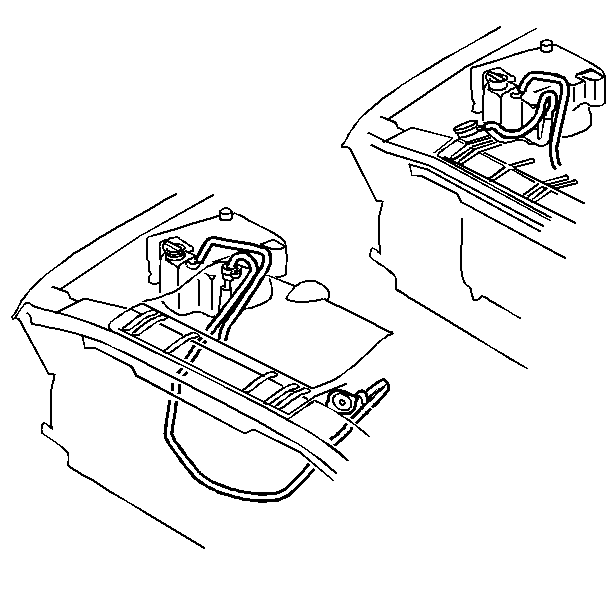
- Check the level in the coolant recovery reservoir, add coolant if needed.
- Test the cooling system for leaks, refer to Radiator Leak Testing (On and Off Vehicle)
.













